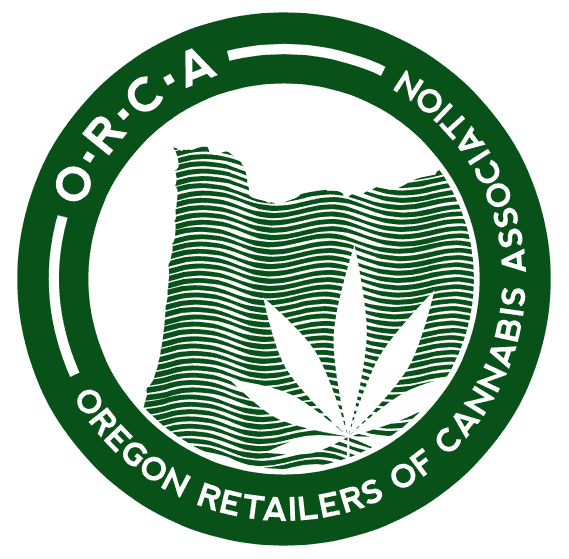Oregon cannabis packaging regulations are complex and ever-evolving. How do you know if your packaging is compliant with Oregon Liquor Control Commission (OLCC) regulations? I’ll provide an overview of packaging regulations and discuss legislative amendments proposed by the Oregon Retailers of Cannabis Association (ORCA). If you’re already familiar with current packaging restrictions but are curious about possible changes, see below.
Current Oregon cannabis packaging and labeling regulations
Before going to market, packaging containing cannabis products must be approved by the OLCC. They’ll confirm the packaging prevents product contamination. Additionally, the OLCC confirms packaging doesn’t display untruthful or misleading claims about its organic or curative properties. Packaging must be re-approved by the OLCC if it’s altered after receiving initial approval.
Oregon cannabis brands are permitted to package products without child resistant features. If they do, retailers are responsible for placing the products in a child resistant exit bag after a sale. Compliant exit bags need a warning label: “Keep out of the reach of children.” A qualified third party must certify that all packaging meets federal standards for child resistance (16 CFR 1700.20).
As usual, cannabis packaging cannot contain design elements attractive to children: cartoons, celebrities, symbols, other minors and any designs traditionally used to sell products to them. Single-use child resistant packaging can be used for cannabis flower and pre-rolls. Resealable child resistant packaging must be used for other cannabis products besides immature plants and seeds.
Compliant packaging must contain several important features. At least one side of the packaging needs a principal display panel containing the product identity, state-approved warning symbol, and product weight. Medical grade cannabis packaging needs the state-approved symbol designated for that product. Brand names are also typically featured on this panel. Packaging may have more than one principal display panel, but they must have a similar design.
Labeling on packaging must also dedicate space to other important information: business/trade name, ingredients, serving size suggestion, activation time, unique identification number provided by METRC and OLCC license/OHA registration numbers associated with the brand and retailer. Specific label sizes are also required.
Packaging and labeling regulations require specific information and typography. Regulations dictate specification of fonts, numbers and symbols used for required information. Consult Oregon packaging and labeling regulations for compliant information and typography before designing packaging and labeling.
Possible updates to Oregon packaging and labeling regulations
ORCA’s Deputy Director Jesse Bontecou helps members navigate packaging legislation and regulatory compliance. Bontecou recognizes regulations promote product quality and safety, but he’s identified a need to amend onerous requirements. ORCA is currently lobbying the legislature to update the restrictions.
The child-resistant packaging requirement for flower is a burdensome regulation that ORCA would like to amend this legislative session. They’re promoting a bill that would remove this requirement for flower and pre-rolls. ORCA says these products do not pose an inherent safety risk for children. They believe amending regulations for flower and pre-roll packaging will provide an added benefit of reducing exit bag use.
ORCA believes cannabis packaging is generating excessive plastic waste and they’re lobbying the legislature to take action. The organization is promoting a bill requiring the OLCC to study regulatory updates that would lead to a reduction of plastic use in the cannabis industry. ORCA hopes this study will promote the use of biodegradable plastics and bio-resins manufactured with hemp and other plant-based materials.
Last on the legislative agenda, ORCA is pushing legislators to increase the serving size limit for edibles. As it stands, adult-use edibles cannot contain more than 50 mg of THC in 5 mg servings (most mature markets allow for 100 mg of THC in 10 mg servings). Increasing the serving size limit will give consumers the ability to buy edibles in bulk, and brands will be able to reduce the cost of materials for packaging.
ORCA feels confident they can help pass this legislation during the current session. Going forward, Bontecou says ORCA will continue encouraging industry stakeholders, legislators, and regulators to “think broadly” when considering amendments to packaging and labeling regulations. He wants to “start smart” and avoid piecemeal regulatory amendments that increase the frequency of design updates. Bontecou says this situation creates “an expensive packaging dynamic.” Persistent design changes burn capital that could be invested into sustainable packaging solutions the industry desperately needs.





